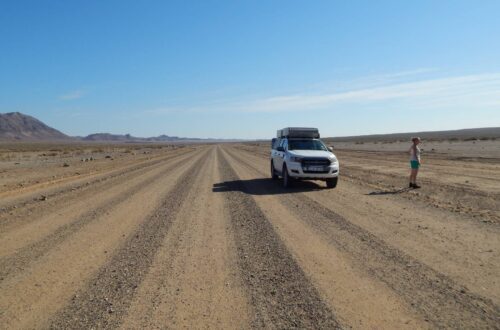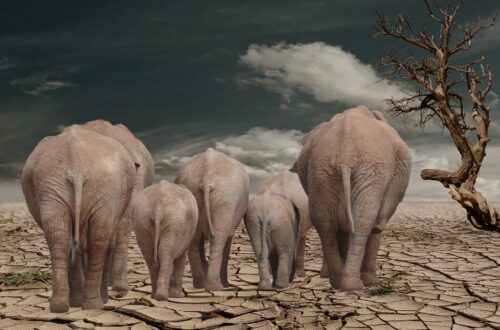East Africa’s Rift Valley: The Birth of a New Continent and Ocean.
The Earth’s dynamic nature never ceases to amaze us. One of the most fascinating geological phenomena is the splitting of continents. In East Africa, along the Rift Valley, a remarkable process is unfolding. Over millions of years, tectonic forces have been at work, gradually tearing apart the African continent. This process will eventually lead to the formation of a new continent and a new ocean. In this blog post, we will explore the geological history of East Africa’s Rift Valley. The evidence supporting this extraordinary event, and its implications for our understanding of Earth’s ever-changing landscape.
In 2005, a seismic event unfolded in the heart of the Ethiopian desert within the Afar region. A colossal fracture, stretching an impressive 56 kilometers, emerged unexpectedly. The Afar region, with its intricate geological activity, serves as a notable location where this transformative process is visibly underway.
The Rift Valley: A Geological Marvel.
The East African Rift System (EARS) stretches over 3,000 kilometers. From the Red Sea in the north, running through Ethiopia, Kenya, Uganda, Tanzania, and Malawi, to Mozambique in the south. A complex network of faults, fractures, and volcanic activity has shaped the region for millions of years. The Rift Valley, a vast trench visible from space, is the result of the African tectonic plate slowly splitting apart, creating a vast trench visible from space.
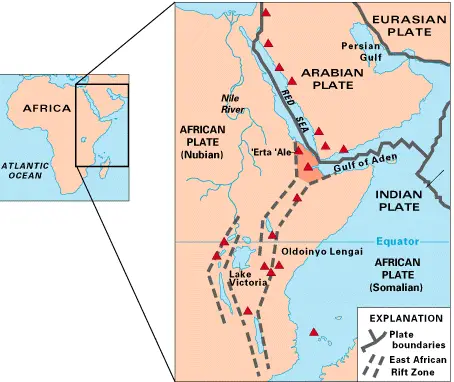
The Forces Behind the Split.
The splitting of continents occurs due to the movement of tectonic plates. In the case of East Africa, the African plate is being pulled apart by two opposing forces: the Somali plate in the east and the Nubian plate in the west. This tension has caused the Earth’s crust to crack, forming the Rift Valley.
Evidence of Continental Splitting.
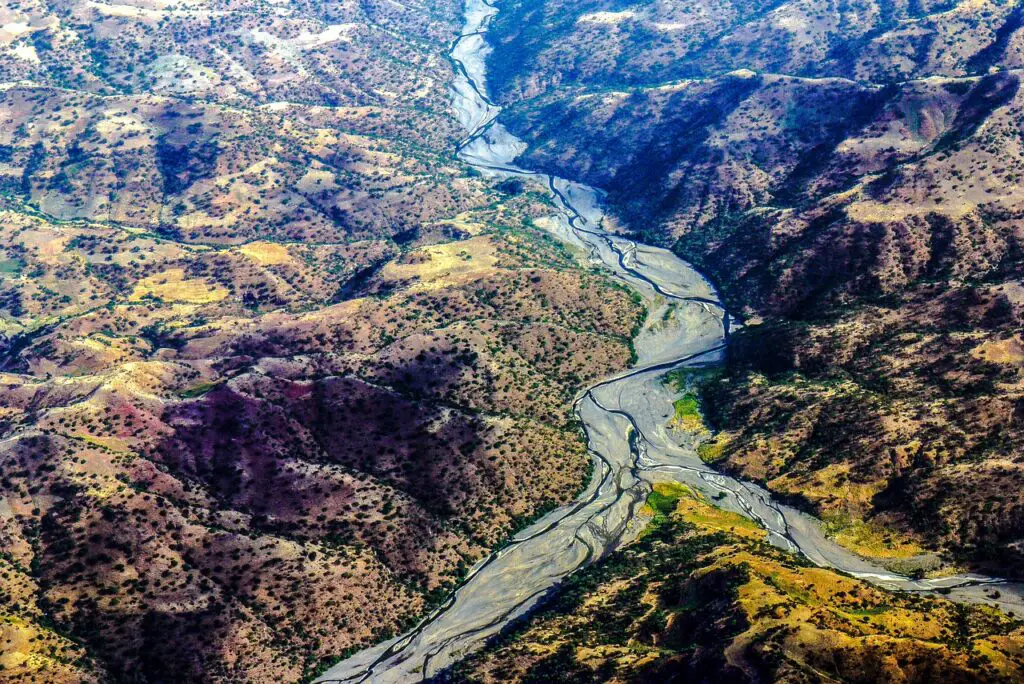
Geologists have gathered compelling evidence to support the theory of East Africa’s continental splitting. One key piece of evidence is the presence of volcanic activity along the Rift Valley. Volcanoes, such as Mount Kilimanjaro and Mount Kenya, are a clear indication of the underlying tectonic forces at work.
Additionally, the presence of seismic activity and the gradual widening of the Rift Valley provide further proof of the ongoing continental splitting. Scientists have also discovered ancient marine fossils in the region, suggesting that the Rift Valley was once connected to the ocean.
The Birth of a New Continent.
The continued separation of the African Plate along the Rift Valley will result in the formation of a new continent. It’s crucial to note that Africa is not expected to sever completely for at least another five million years This new landmass, known as the Somali Plate, will eventually break away from the African Plate, creating a distinct geological entity. This process is similar to the splitting of the Arabian Peninsula from Africa, which led to the formation of the Red Sea.
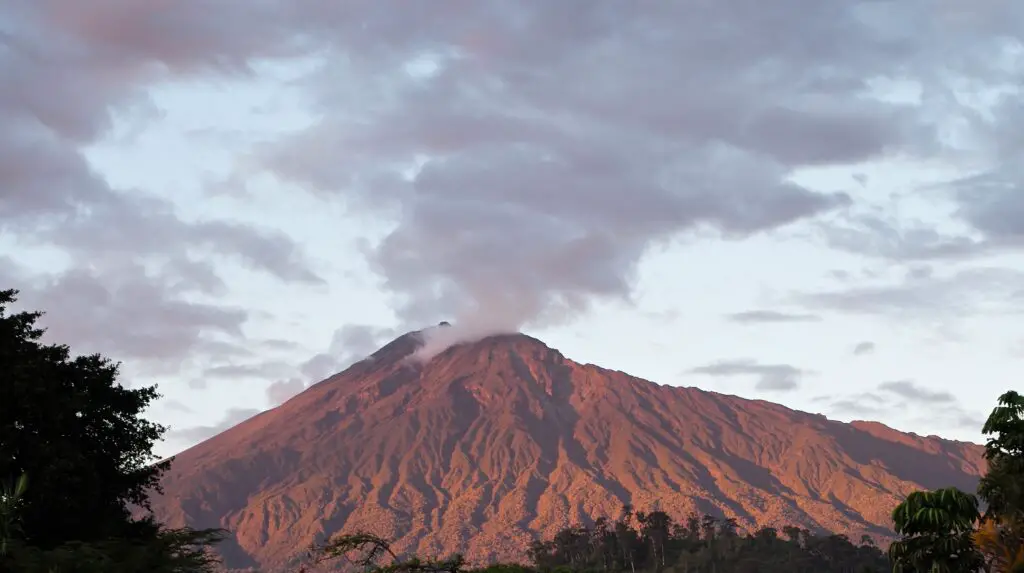
The Birth of a New Ocean.
As the continental rift progresses, it is expected to fill with water from the surrounding oceans, creating a new ocean basin. This future ocean, known as the Somali Basin, will eventually separate the Somali Plate from the African Plate entirely. This process is comparable to the formation of the Atlantic Ocean, which resulted from the separation of the Americas from Africa.
Geological Evidence.
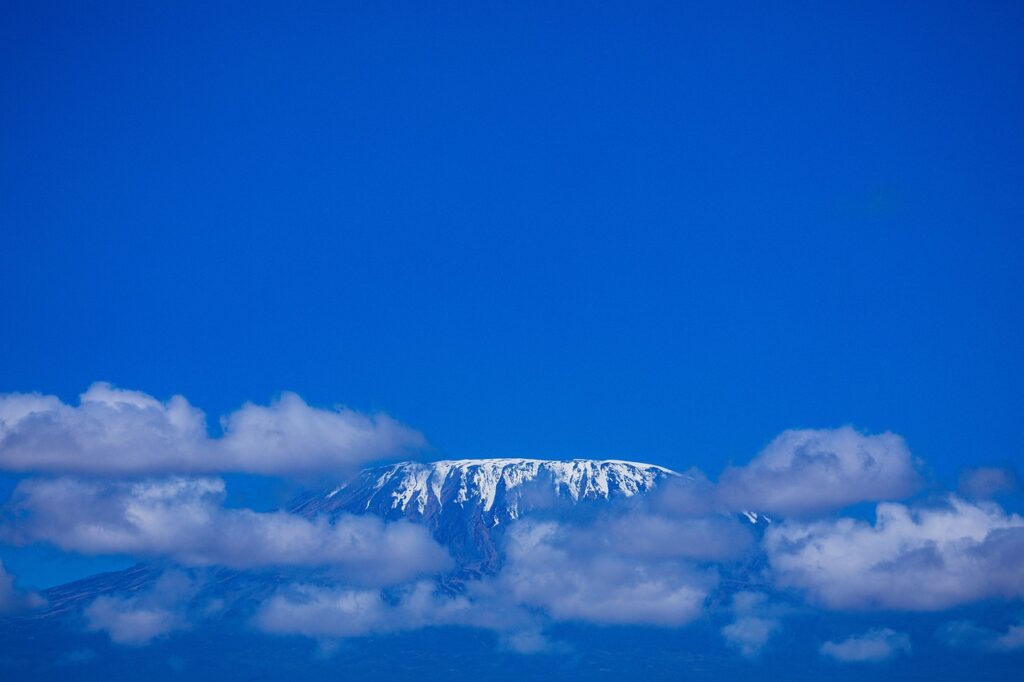
Extensive geological research supports the theory of continental rifting in East Africa. Scientists have identified evidence of faulting, volcanic activity, and the gradual widening of the Rift Valley. Additionally, the presence of large lakes, such as Lake Victoria and Lake Tanganyika, is a testament to the tectonic activity in the region. These lakes are formed in the depressions created by the stretching and thinning of the Earth’s crust.
Implications for Biodiversity.
The splitting of East Africa will have profound implications for the region’s biodiversity. As new landmasses and ecosystems emerge, they will provide unique opportunities for the evolution and diversification of species. The formation of a new ocean will also create new marine habitats, supporting the development of distinct marine life forms. This process mirrors the incredible biodiversity found in the East African Rift Valley today, known for its rich flora and fauna.
Scientific Exploration and Research.
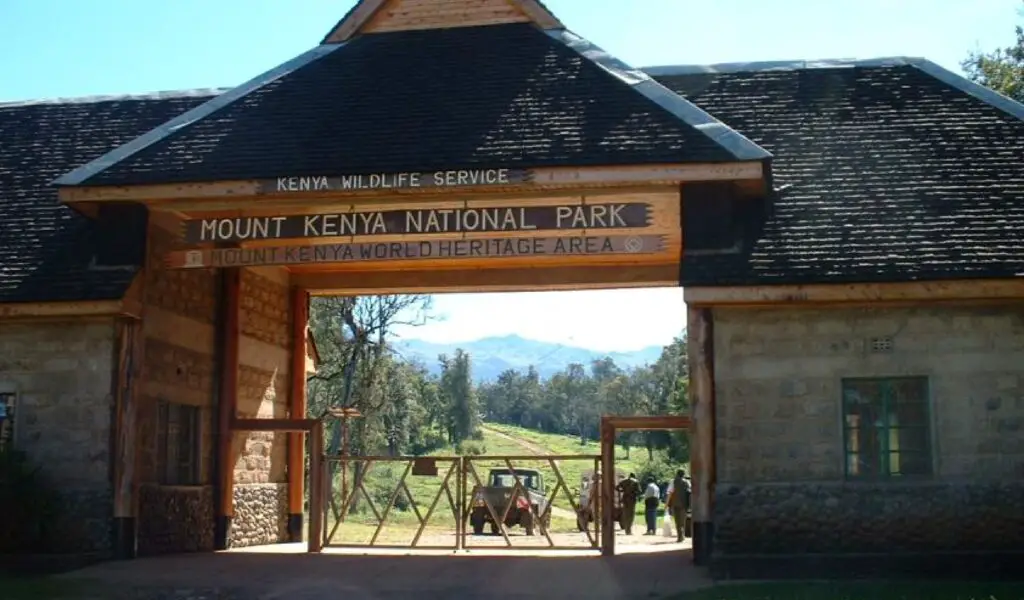
The geological processes unfolding in East Africa present an unparalleled opportunity for scientific exploration and research. By studying the Rift Valley and its associated phenomena, scientists can gain insights into the early stages of continental formation, plate tectonics, and the evolution of our planet. This research not only enhances our understanding of Earth’s history but also contributes to fields such as geology, paleontology, and climate science.
The splitting of continents is a slow and gradual process that unfolds over millions of years. East Africa’s Rift Valley is a prime example of this remarkable phenomenon. As the African plate continues to split, a new continent will emerge, and a new ocean will be born. This geological transformation holds immense scientific significance, providing us with valuable insights into the Earth’s dynamic nature. By studying the Rift Valley, we can deepen our understanding of plate tectonics, continental drift, and the forces that shape our planet.
Links .
thearchaeologist.org – A new ocean is being formed in Africa
planktovie.biz – Formation of a new ocean on the African continent
downtoearth.org.in – The great rift: Africa’s splitting plates could give birth to a new ocean



